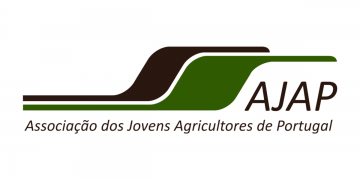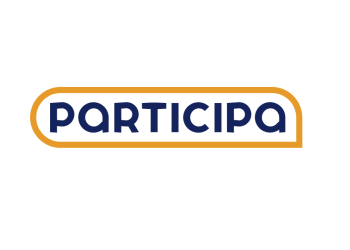EFSA’s new Management Board is operational as of today, 1 July 2022. It comprises representatives of all EU Member States, the European Commission, and the European Parliament, as well as representatives of civil society and food chain interests.
“In an international context where food safety and food security are interlinked, it is significant that EFSA’s Management Board now includes a wide scope of representatives to help ensure an effective functioning of the food chain”, said Claire Bury, DG SANTE’s Deputy Director for Food Sustainability.
The previous structure of the Board consisted of 14 members with expertise relating to the food chain who did not represent a government, organisation or sector, plus a representative of the European Commission.
In the new governance model, Member States, the European Parliament, the European Commission, civil society and those representing food chain interests, will be represented in EFSA’s Management Board.
The new model responds to the requirements of the Transparency Regulation, which entered into force in March 2019 and increased the role of Member States as well as the engagement of all parties involved with the work of EFSA.
Role
The Management Board ensures that EFSA functions effectively and efficiently, delivers its mandate as defined in its founding Regulation and meets the expectations of European and national institutions, stakeholders and the public.
Members
The new Management Board is composed of 27 Member State representatives (with alternates), two representatives of the European Parliament (without alternates), two representatives of the European Commission (with alternates), and four representatives of civil society and of interests in the food chain (with alternates).
In addition, two representatives of the EFTA/EEA countries – Norway and Iceland – and one representative of the EFTA Surveillance Authority (with alternates) will also participate in the EFSA Management Board but without the right to vote. Altogether, the Board is composed of 38 members.
O artigo foi publicado originalmente em EFSA.























































